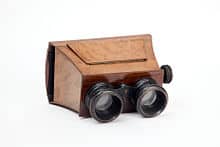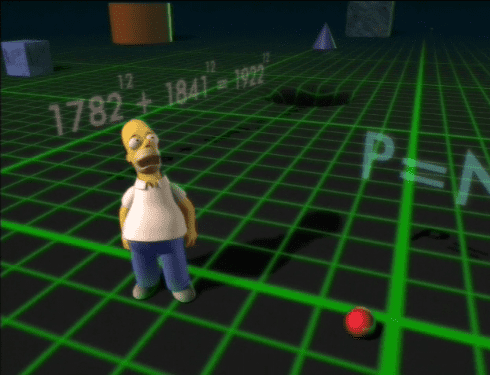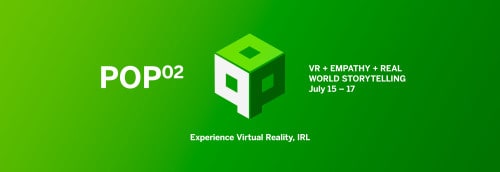I didn’t want to take it off. In fact, I wanted to stuff the headset and the phone in my bag and run away before anyone got a chance to catch me. Of course, that would have been short-sighted, as I’d be making a getaway without the proper charging equipment or know-how, but that’s just how unreasonable my first experience with the wünder tech of the moment made me.
A couple of weeks ago, Jen forwarded me an invite to POP 02: VR + EMPATHY + REAL-WORLD STORYTELLING with the caption, “This looks interesting. Wanna go?” My fingers vibrated as I typed out a hurried, “YES.” This is something I’ve been monitoring for a while now, ever since Peter Rubin’s Wired Magazine cover story on Occulus Rift. Proponents of the new tech say that it’s the next disruptive platform, and that it has the potential to change everything from how we craft stories, play games, exhibit art and connect with one another.
TIFF is recognizing the immense potential that VR holds for storytelling, and is cannily pairing with The FADER (POP 01: Art and Music), The Verge (POP 02: Empathy and Real World Storytelling), and The National Film Board of Canada (POP 03: Experimental Film) to present three curated waves of VR exhibits. I got a chance to go to the one I would have chosen anyway: the one that focuses on documentary narratives to promote a deeper understanding of the pain of others. Sontag was on my mind as I entered the space, and I was reminded of some of the oldest set-ups for viewing images: the stereoscope.

The set-up was somewhat anti-climactic: a big room with goggle sets lined up every couple of feet and a brief explanation on the wall next to each film or experience. The pace is self-directed, and there’s no correct order in which to view each piece. After doing a quick circuit and observing tech reporters wade through each station, I chose the lone art piece in the room: 3VR/THREE²’ X ‘3P2: VR, which ended up being the most positive experience I could have had with such a calculus-sounding name. Four eyes, take heart. The headsets can be used while wearing glasses. It takes a couple of seconds to get your bearings, and the grey grid of the start-up menu resembled that scene from the 6th Simpsons “Treehouse of Horror” where Homer gets sucked into a different dimension through a hole behind the family bookshelf.

I wasn’t prepared for the physicality I felt. No amount of reading could have prepared me for the shift in perception that I encountered. With good VR, there’s no battle between the conscious mind and the senses. It just was, and I was there in it. The best part about viewing art through VR? The old gallery maxim of “look, but don’t touch” no longer applies. My hands weren’t actually coming into contact with the colourful spheres that I could see, but nobody was going to escort me from the premises for attempting to make sense of my new physical space through touch. I got to walk through portals of light and sound, and they all felt immensely real, even though they were simply pixels on a screen in front of my eyes.
The bulk of the exhibit is taken up by documentary films that have been recorded with this platform in mind. Click, a movie about dolphin research, makes use of the 360 privileges by providing viewers with an immersive ocean experience. Look up, and you can see the sun forming a twin of itself on the surface. Look to your left and you can see the marine researchers and pods of dolphins swimming around you.
The second portion of the POP series will be appearing in the main gallery of TIFF Bell Lightbox from July 15 to 17, and I highly recommend that you take a peek.





 Follow Us On Instagram
Follow Us On Instagram
